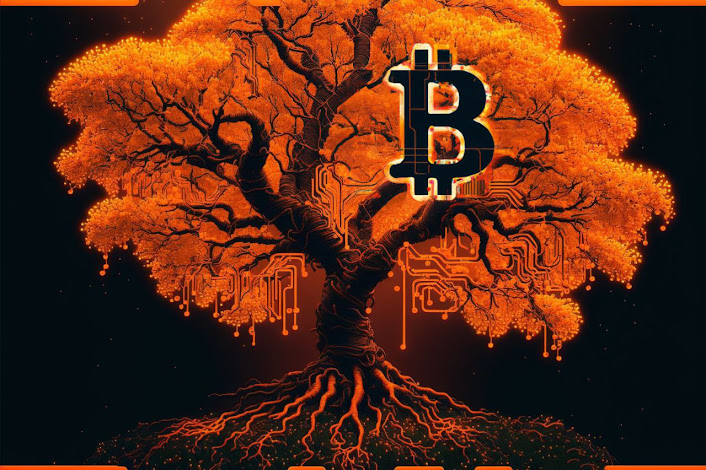Stablecoins have become an increasingly popular topic in the world of cryptocurrency and finance. From algorithmic stablecoins to centralized stablecoins, there are many different types of stablecoins that have emerged in recent years. For the first week's theme, we invite you to explore the world of stablecoins and share your perspectives on a related topic. You may choose to write about but are not limited to the following topics:
1. Algorithmic stablecoins
Algorithmic stablecoins are a type of stablecoins that use complex algorithms to maintain a stable value. What are algorithmic stablecoins, and how do they work? What are the benefits and risks of using algorithmic stablecoins compared to other types of stablecoins?
2. Comparison between centralized stablecoins and algorithmic stablecoins
Centralized stablecoins, such as Tether and USD Coin, are backed by fiat currencies and are issued by centralized entities. Algorithmic stablecoins, in comparison, use complex algorithms to maintain their stability. What are more differences between these two types of stablecoins? What are the benefits and drawbacks of each, and which type of stablecoin is likely to be more widely adopted in the future?
3. Stablecoin regulations
Stablecoins have become increasingly popular, but they also present unique regulatory challenges. What are the current regulations surrounding stablecoins, and how are they likely to evolve in the future? What are some of the risks associated with stablecoins, and how can regulators address these risks?
4. A detailed introduction to a specific stablecoin
Choose a specific stablecoin, such as Dai or USDT, and provide a detailed introduction to the coin. What is the coin's history, how does it work, and what are the benefits and risks of using the coin?
5. The landscape of all stablecoins
Stablecoins have become a popular alternative to traditional cryptocurrencies and fiat currencies. What is the current landscape of stablecoins, and how have they evolved over time? What are the major players in the stablecoin market, and how do they differ from each other in terms of their technology, use cases, and adoption?
6. The collapse of Luna & UST
The collapse of Luna and UST in November 2021 sent shockwaves through the crypto community, and it led to significant losses for investors and traders. What happened, and what were the underlying causes of the collapse? What lessons can be learned from this event, and how can the stablecoin market be made more resilient to prevent such events from happening in the future? Explore these options and start jotting down your insights. We can’t wait to see the content from our community of creators!


Comments
Post a Comment